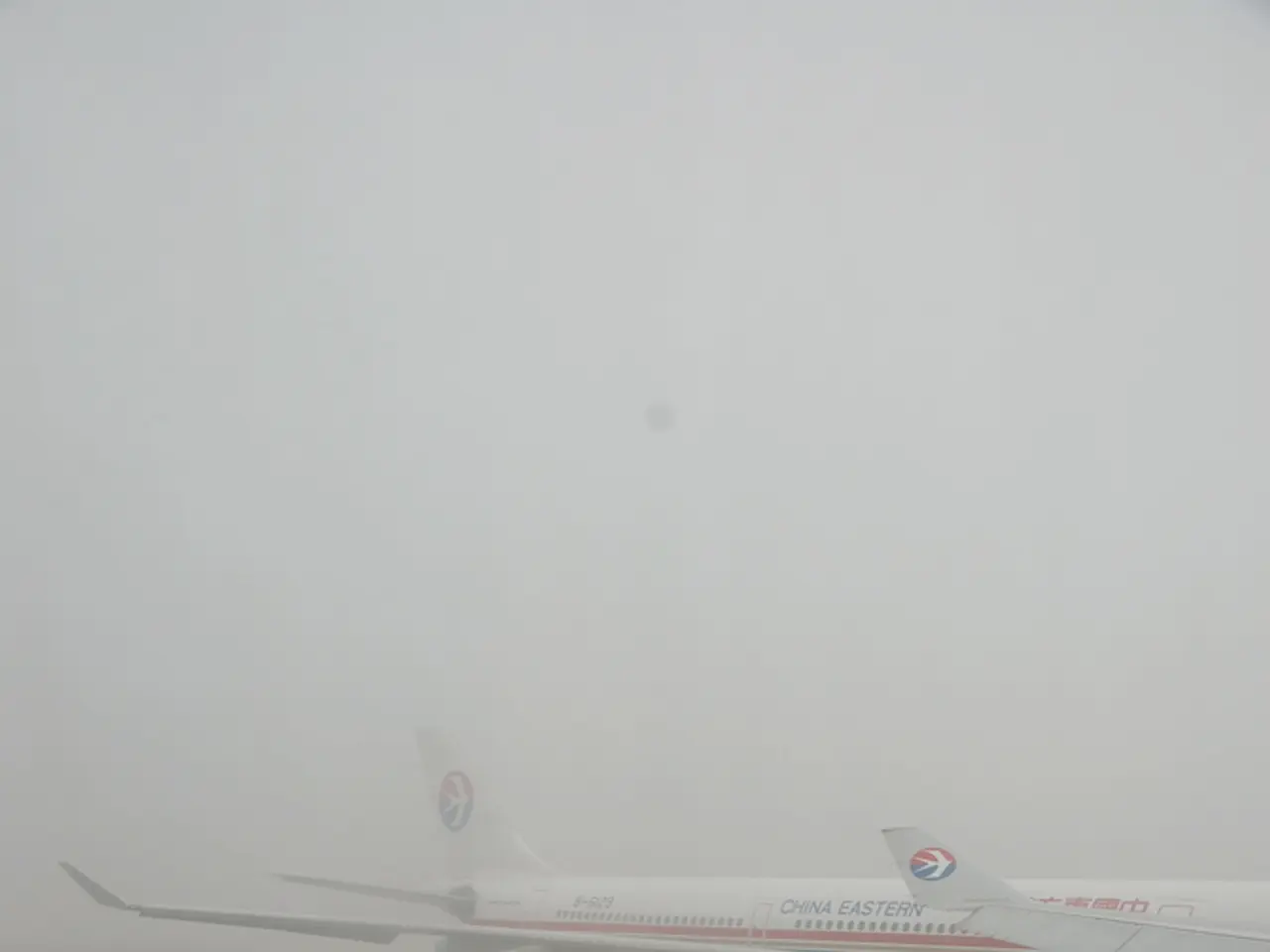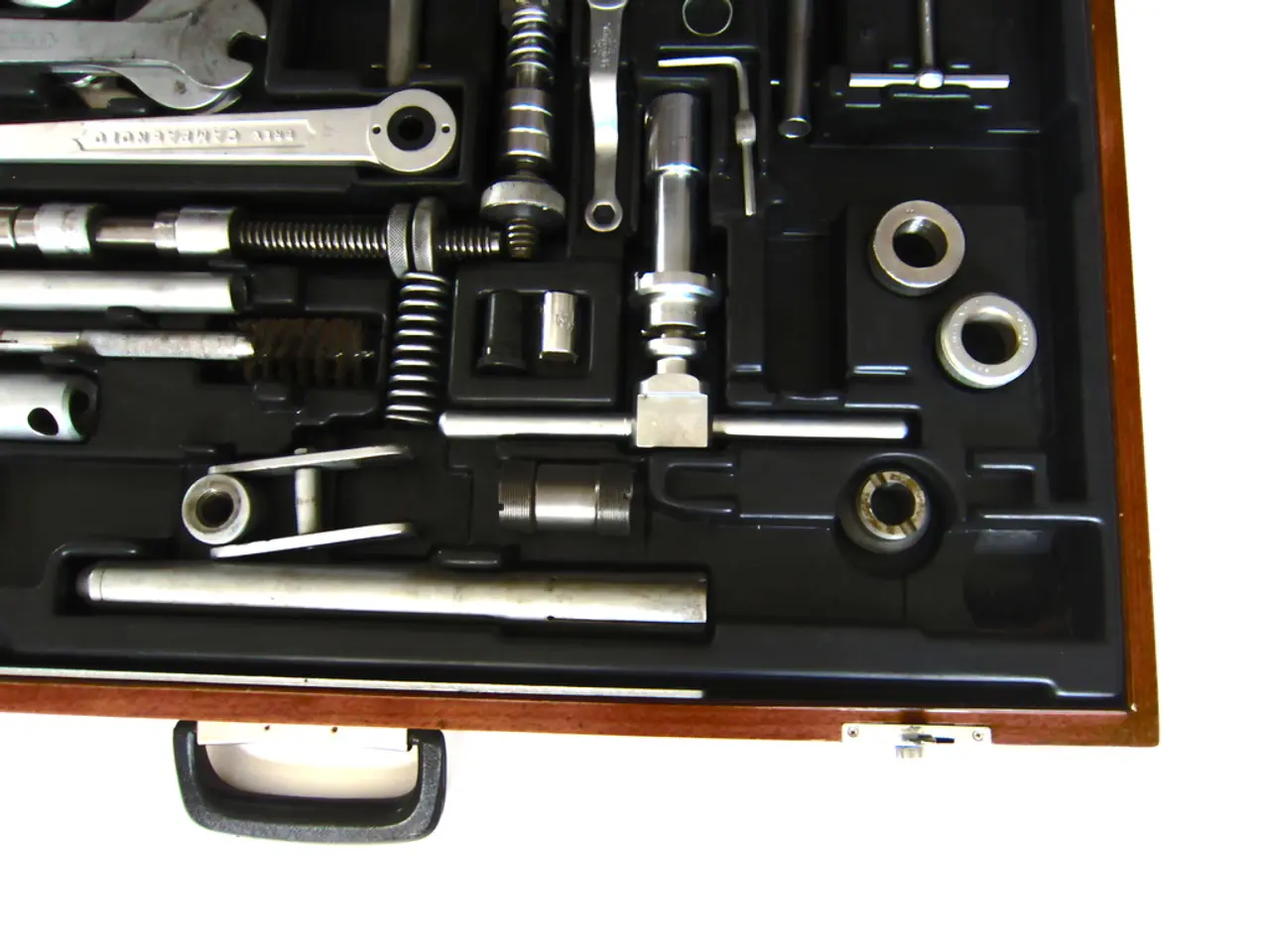Enhancing Productivity and Safety: The Significance of Designated Runway in Operation
In the fast-paced world of aviation, a system known as the Preferential Runway in Use (PRU) is playing a significant role in enhancing operational efficiency and prioritizing safety. This procedure assigns specific runways at airports for primary takeoffs and landings based on factors such as wind conditions, weather patterns, and air traffic flow.
The PRU system is crucial in optimizing air traffic flow, reducing delays, and congestion. By designating preferred runways, air traffic controllers can manage arrivals and departures more smoothly, ensuring a more streamlined operation for both airlines and passengers. For instance, at airports like Van Nuys (VNY), the west runway is preferentially used by jets due to its length and instrument approach, while propeller aircraft use the east runway to avoid speed conflicts, thus enhancing traffic sequencing and reducing inefficiencies.
Moreover, assigning aircraft types or operations to specific runways, according to their performance characteristics, decreases the speed differential challenges encountered by controllers and pilots, improving throughput and reducing controller workload. This, in turn, contributes to a more efficient use of airport resources.
Preferential runway use also considers environmental and noise factors. By routing traffic over less sensitive areas, airports can balance operational needs with environmental concerns, minimizing the impact on local communities.
The PRU system is not just beneficial for operational efficiency; it also significantly improves safety. Using a preferential system means pilots and controllers operate with consistent expectations about which runways will be in use under given conditions, reducing confusion and the risk of runway incursions or conflicts.
Pilots are informed about the preferred runways through Notices to Airmen (NOTAMs) and ATC instructions, supporting safer approach and departure procedures. This controlled environment helps mitigate risks associated with mixed traffic patterns or unexpected runway changes.
The PRU system is integrated with safety audits and monitoring. Agencies like the Federal Aviation Administration (FAA) conduct audits and risk assessments at busy airports to evaluate runway incursion risks associated with runway usage patterns. Preferential runway systems are part of broader efforts to enhance safety margins by identifying and mitigating procedural gaps.
In areas with multiple nearby airports or challenging terrain, preferential runway assignments help organize traffic flows to avoid conflicts and ensure safe separation, contributing directly to flight safety.
The benefits of the PRU system extend beyond the airport, as more efficient operations can lead to reduced fuel consumption, lower emissions, and a smaller carbon footprint for the aviation industry.
In conclusion, the PRU system enhances efficiency by streamlining traffic flow, reducing delays, and optimizing runway utilization for different aircraft types. At the same time, it improves safety by establishing predictable and standardized runway operations, reducing pilot-controller miscommunication, and minimizing risks of runway incursions and conflicts. This system is a critical element in overall air traffic management aimed at balancing capacity, environmental impact, and safety at busy airports.
The PRU system optimizes air traffic flow and reduces delays by designating preferred runways, allowing air traffic controllers to manage arrivals and departures more smoothly (enhancing operational efficiency). By considering environmental factors in its runway assignments, the PRU system helps airports balance operational needs with environmental concerns, minimizing the impact on local communities (improving safety and reducing environmental impact).




